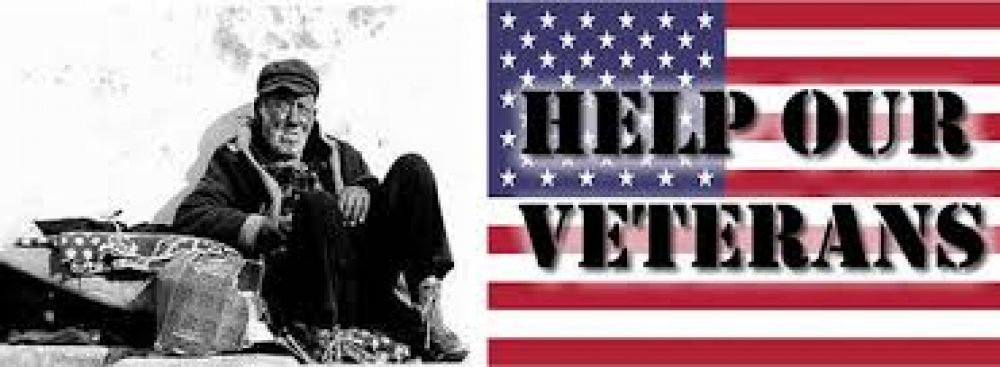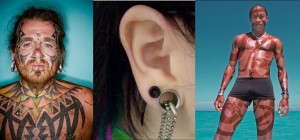Getting killed in a military action is one way men die young. But most servicemen don’t get killed in action. They come back as veterans, and once they have overcome any injuries, both physical and mental, they need to get some education or training, and pursue a job or profession. Not everyone can go to an institution as highly ranked as Stanford University, but it is refreshing to see Stanford’s Graduate School of Business (GSB) lend a helping hand. Among the GSB’s specialized student clubs is one for veterans, and during 2014 the GSB worked with the U.S. Special Operations Command Care Coalition and the COMMIT Foundation to offer its Stanford Ignite (an immersive certificate program for entrepreneurship and innovation) to post-9/11 veterans at the GSB for the first time. On Veterans Day, 2014 Stanford’s FM radio station aired interviews by Labiba Boyd with two of these veterans and one of its most famous earlier graduates, Nike founder Phil Knight (who volunteered for the Army just prior to his GSB studies).
Tag Archives: Stanford
Decline in Qualified Military Enlistee Volumes Puts Further Pressure on Taking Care of Returning Veterans
The armed forces have long been a default choice for young adults who aren’t prepared for, or cannot choose, a different occupation. One of the more unusual enlistees, author Tom Robbins, explains his reasoning in his new autobiography, Tibetan Peach Pie: “Why? – one might fairly ask. Well, for precisely the same reason the 90 percent of all enlistees join the military, which is to say, I was at a point in my life when I didn’t know what else to do.” Unfortunately, the number of qualified enlistees continues to decline because so many (71%) of the 34 million 17-24-year-olds in the U.S. don’t meet the basic standards of education, fitness (many are very obese), and absence of visible tattoos, according to The Wall Street Journal. The tattoo requirement is because not only do these youths have to be able to fight but also they have to look good in uniform. This seems like a frivolous requirement when put into the perspective of their fellow soldiers who have been physically injured or mentally traumatized in actual combat. And with the increasing number of injured/traumatized vets not being properly cared for these days, and thus not willing or able to re-enlist, the U.S. military is going to be hard-pressed to defend our country.


